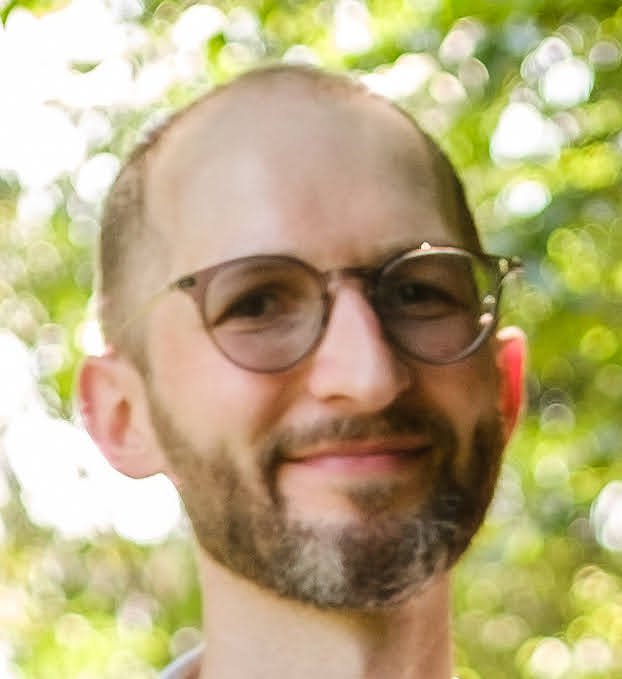The End of the World Show: Early Days
/In the first post of this series, I looked at the seed of the idea for the End of the World Show. In this part, I move on to the next step. Specifically, how I began to organize my thoughts, book the venue, and find the cast and other collaborators.
I am an incessantly organized person who lives his life by Google Documents. When I first decided to actually pursue the idea, I spawned a bunch of docs:
- A high-level doc to jot down thoughts. This included the premise, notes on the process, and notes on the show format. FWIW - this was the original premise:
An alien race has descended upon the Earth and decided to obliterate the race (enslave us?) and use the planet for its resources (destroy the planet?). One of the alien “teenagers” has fallen in love with an Earthling and has brought her friends to the alien council (presided by some cast members but essentially the audience) to prove the humanity of the human race. Unprepared, the humans play some short form games to entertain the aliens but also prove our human emotions and relationships are worth saving. In the end, the council takes a vote to decide the future of mankind.
This poor description changed over the life of the show, but it sold it to the theater, the cast, and many of the collaborators.
- A cast / rehearsal spreadsheet. I sent an email out to about 20 improvisers I thought might be interested in taking this journey with me. The response was overwhelmingly positive, except for some who were busy. I credit my success for not asking for any commitment early on, and just wanting help figuring out if the show could work. I tracked responses and when people could be at what.
- Press. This was the first time I had done a lot of aggressive press, particularly "traditional" press. As we were starting to explore the form, I was already writing the first press release and Facebook copy. With advice from Abby Fudor, I started to put together a fun press packet.
Masha Fikhman did amazing face paint for the cast and audience. And she hung a few paintings at Arcade. Win win!
The rest of the early days were a whirlwind of collaboration. This was a passion project: no one was getting paid; everyone was volunteering time. Why? Often because I could include them in the marketing, sometimes because we could show their work (see photo right), and mostly because it sounded fun.
I first connected (through Scott Andrew) with Spencer Diaz and Nico Zevallos who would work on the animation for the project. They were excited to help out, we set some expectations and were off to the races. Next was figuring out music. I talked to Eric Singer -- friend and creator/player of musical robots -- who connected me to Herman Pearl. While neither could help with the show, Herman introduced me to QLab which was the life-blood of the tech and both led to leads on a theramin (that sadly never panned out). Finally I got Michelle Horsley on the hook for live music.
Arcade Comedy Theater co-founders Michael Rubino, Randy Kirk, Abby Fudor, Jethro Nolen and Kristy Nolen. (Photo courtesy of David S. Rubin)
At some point, I decided I was ready to really put this up and approached Kristy Nolen, Creative Director and Programming Director of Arcade Comedy Theater about putting up the show. I said that I wanted to do a run of shows where people dress like aliens and care about each other and there's a lot of tech and press and Kristy said, "Yes! How can we help?" All 5 of the Arcade directors helped make the show a success with creative help, marketing, design, use of the space, and so on.
We were now in motion! I have a list of 39 people who contributed to the project and I apologize that I don't have time to discuss all of their contributions here. I want this series to be a little bit about End of the World and a lot about what worked in case you want to create your own ambitious show. Suffice it to say I really could not have done it without those 39 people.






